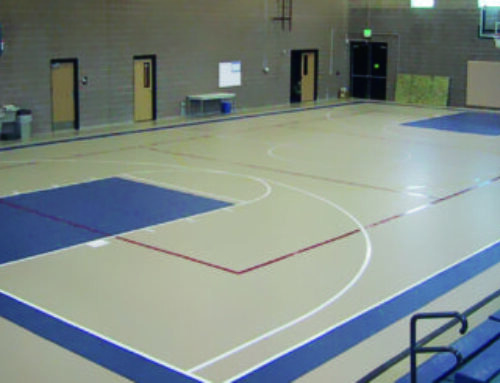As we approach the 5th anniversary of Hurricane Sandy, we belong to an unlucky club of communities that have the unique perspective of knowing the devastation and horror that our Texas and Louisiana friends and family are experiencing right now from Hurricane Harvey. Unfortunately, membership in the club is growing and we expect it to continue growing at an alarming rate as climate change leads to more frequent, more powerful storms. The Huffington Post poignantly captured what’s it’s like to live through a flood event in this excellent piece by Julia Craven where she interviewed people who experienced the horror firsthand.
As volunteers with big hearts pour into Houston and the surrounding area to help, it’s important that they also take precautions to protect themselves from numerous hazards.
There are unknown hazards present in floodwaters from chemicals, sewage, unknown submerged items, and floating balls of fire ants. Think for a moment the chemicals you store in your home. For example, under your sink you may have ammonia-based cleaner like Windex, or bleach wipes you use to wipe down your counters, and liquid bleach to use in your wash. In your garage, you may have motor oil waste, opened paints and pesticides. In addition to residential chemicals, you also have businesses that use industrial chemicals from dry cleaners to auto repair facilities. All these chemicals have the potential to be released in flood waters and create a “toxic stew.”
Once the flood waters receded, then comes the next phase of the disaster, rebuilding. There are many immediate hazards following a flood from unstable building structures to explosion hazards from spilled fuels or other flammable materials to electrocution from live power lines to displaced rodents. Contractors and volunteers from all over the country will pour in to help rebuild. It’s critical that they receive proper training and proper protective equipment to keep them safe from injury and illness. For contractors, it’s not only critical, it’s also required by the U.S. Occupational Safety and Health Administration that your employer provides training and personal protective equipment. For example, “mucking and gucking” a home or building can pose serious hazards such as exposure to mold, silica, asbestos and lead.
In 2013, WEC received a grant from OSHA to fund our Safer After Sandy project with the goal that recovery and rebuilding wouldn’t create new health and safety hazards. Please download our factsheets and other materials to learn how to rebuild safely. We also create a series of Public Service Announcements. Below is the PSA we did on generator safety, which is especially relevant for folks without power right now.
Hurricane clean-up and restoration work may have serious risks. Doing the wrong thing can endanger your safety, your health and possibly your life, but understanding the hazards can help mitigate the risks.
